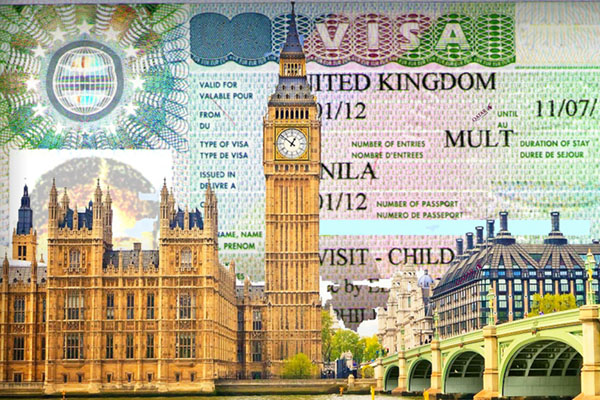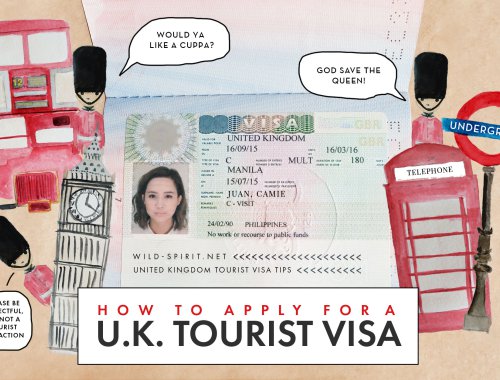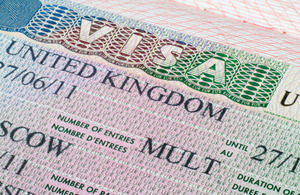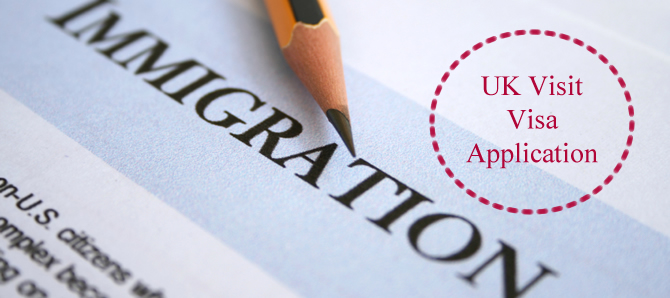Few places cram in as much scenery, history and culture as the United Kingdom. It’s a busy, eccentric and unique destination; a land of daft humour, tea-and-cake clichés and a thousand and one different personalities; a land where thrusting cities like London, Glasgow and Manchester share map space with the peaks of Snowdonia and the colossal slopes of the Highlands.
Four component nations make up the UK, and the end result is as many-layered as that fact would suggest. Its arts scene continues to be one of the most creative and successful in the world, its passions still run high on everything from politics to sport and its overall character is as modern as it is multicultural. Even the food’s good these days.
London remains the natural focal point. Its skyline, mixing medieval turrets with soaring steel, is a good marker for the place as a whole. From its markets to its museums, its pubs to its palaces, it’s a bona fide world city packed with diversity. But you don’t have to look far to find other great urban centres – England, Scotland, Wales and Northern Ireland are all home to richly engaging cities full of heritage, music and nightlife. Some, like Bath and Edinburgh, offer postcard-perfect medieval skylines. Others, like Belfast and Liverpool, are handsome in places but just as notable for their indelible personalities.
As a country, of course, the UK’s urban centres are just one part of its allure. Britain is often extremely beautiful. Seaside towns, national parks and honey-stoned villages still fill the guidebooks, and the scenic pull of areas like the Cornish coast, Giant’s Causeway and the Lake District is as strong as it’s ever been. Once you factor in the endless cultural associations that Britain throws up – from Henry VIII to Hogwarts, The Beatles to Braveheart, male voice choirs to Monty Python – it stands as a country very much its own.
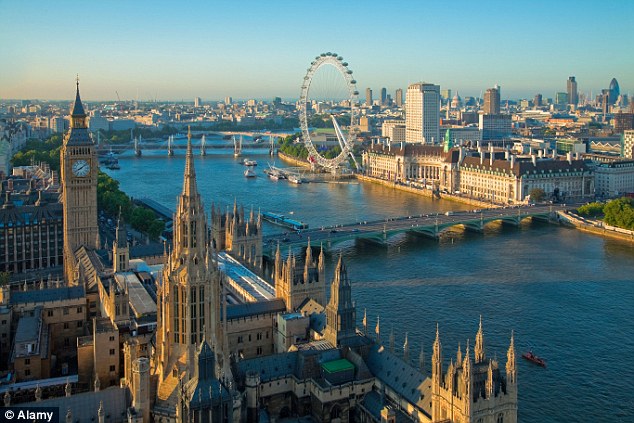
GEOGRAPHY
The British landscape can be divided roughly into two kinds of terrain – highland and lowland. The highland area comprises the mountainous regions of Scotland, Northern Ireland, northern England and North Wales.
The English Lake District in the northwest contains lakes and fells. The lowland area is broken up by sandstone and limestone hills, long valleys and basins such as the Wash on the east coast. In the southeast, the North and South Downs culminate in the White Cliffs of Dover.
The coastline includes fjord-like inlets in the northwest of Scotland, spectacular cliffs and wild sandy beaches on the east coast and, further south, beaches of rock, shale and sand sometimes backed by dunes, and large areas of fenland in East Anglia.
Note: The United Kingdom of Great Britain and Northern Ireland consists of England, Scotland, Wales and Northern Ireland. Although they form one administrative unit (with regional exceptions), they have had separate cultures, languages and political histories.
The United Kingdom section consists of a general introduction (covering the aspects that the four countries have in common) and sections devoted to the four constituent countries. The Channel Islands (Alderney, Guernsey, Jersey, Sark and Herm) and the Isle of Man are dependencies of the British Crown. These are included here for convenience of reference.
WEATHER AND CLIMATE
Best time to visit:
There is never a bad time to visit the United Kingdom, but for the most reliable weather come during the summer months (June-August) when the days are long and warm. Temperatures can nudge 30°C (86°F), sometimes higher, but the threat of rain is ever present – pack waterproofs as well as the sunscreen. The southeast of England is generally sunnier and warmer than the rest of the United Kingdom, but resorts along the coast get crowded during the summer.
The United Kingdom is arguably at its most beautiful during the autumn months (September-November), when rural landscapes take on brown, red and pink hues as the leaves lose their pigment. Scotland and the north of England bear the brunt of winter (November-March), but snow occasionally blankets much of the United Kingdom bringing with it travel chaos. The mercury has been known to dip to -10°C (14°F), but those kind of temperatures are rare.
CULTURE
Religion:
Predominantly Christian (Church of England, Roman Catholic, Presbyterian, Methodist), sizeable Muslim, Sikh, Jewish and Hindu minorities. Around 15% of the population have no religion.
Social conventions:
Handshaking is customary when introduced to someone for the first time. One kiss on the cheek is gaining popularity for close friends. Normal social courtesies should be observed when visiting someone’s home and a small present such as flowers or chocolates is appreciated. It is polite to wait until everyone has been served before eating.
Some nightclubs and restaurants do not allow jeans and trainers, otherwise casual wear is widely acceptable. For business, a suit and tie should be worn, although in some workplaces an open neck is acceptable.
Topless sunbathing is allowed on certain beaches and tolerated in some parks. Smoking is banned in all enclosed public places, including stations, pubs and restaurants, throughout the UK.
The monarchy, though now only symbolic politically, is a powerful and often subconscious unifying force. Members of the Royal Family are the subject of unceasing fascination, with their every move avidly followed and reported by the popular press, both in the UK and abroad.
LANGUAGE
The main language is English, but Welsh is spoken in parts of Wales, and Gaelic in parts of Scotland. The many ethnic minorities within the UK also speak their own languages (eg Cantonese, Greek, Hindi, Mandarin, Turkish, Urdu, etc).
